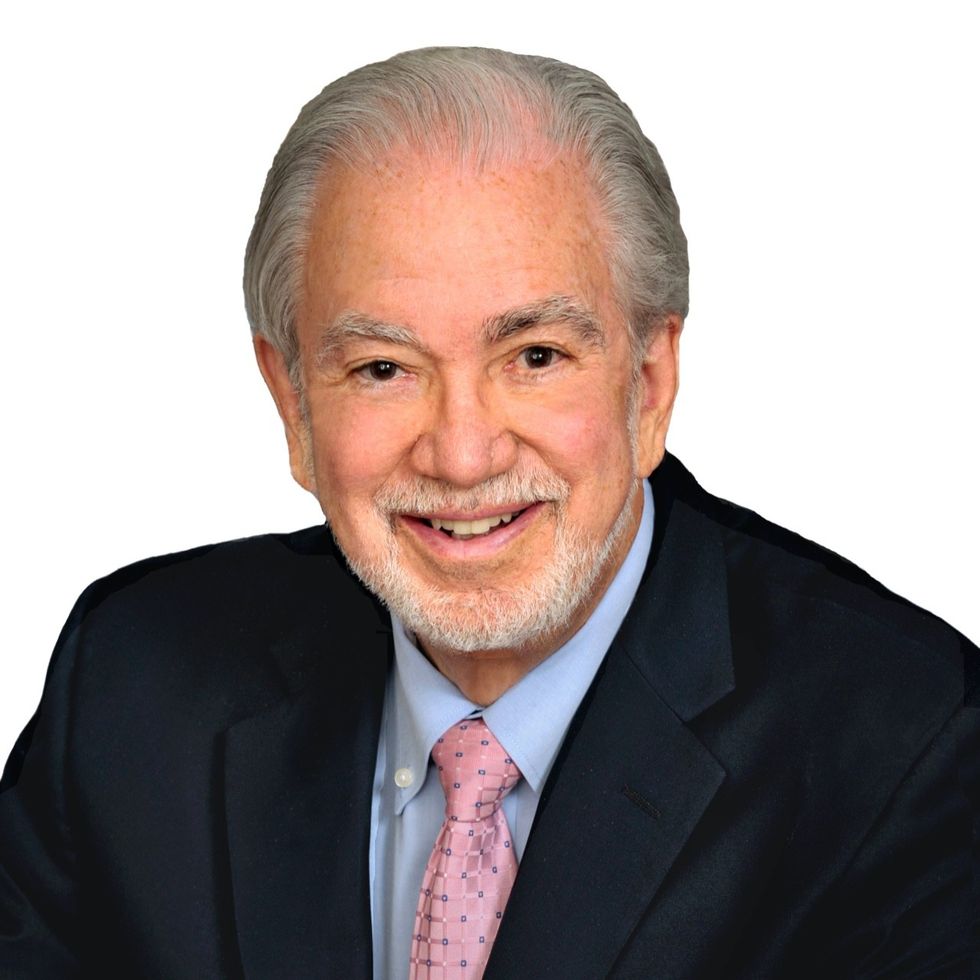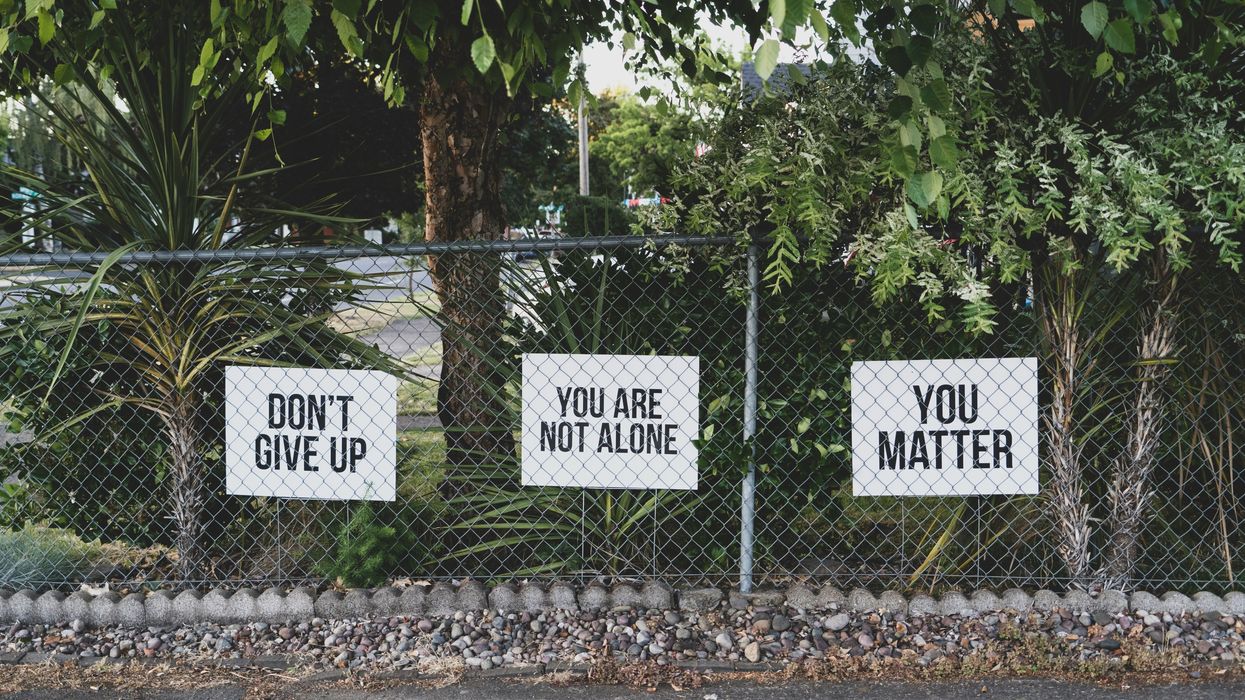Dravet syndrome is a rare and severe form of epilepsy that begins in infancy, characterized by prolonged seizures, developmental delays, and a significantly impaired quality of life. This condition is particularly challenging to manage, with many patients experiencing drug-resistant seizures. However, recent advancements in the understanding and treatment of Dravet syndrome have brought hope to patients and families affected by this debilitating disorder.
What Is Dravet Syndrome?
Dravet syndrome, also known as severe myoclonic epilepsy of infancy (SMEI), typically begins within the first year of life, often triggered by fever-related seizures. The syndrome is caused by mutations in the SCN1A gene, which encodes a sodium channel critical for normal brain function. These mutations lead to hyperexcitability of neurons, resulting in frequent and severe seizures.
Patients with Dravet syndrome often experience a variety of seizure types, including generalized tonic-clonic, myoclonic, and absence seizures. As the disorder progresses, children may also develop cognitive impairments, motor difficulties, and behavioral issues. Additionally, they are at increased risk of sudden unexpected death in epilepsy (SUDEP), making effective treatment even more critical.
Challenges in Treatment
Dravet syndrome is notoriously difficult to treat. Many patients do not respond well to standard anti-epileptic drugs (AEDs), and some medications can even exacerbate seizures. The goal of treatment is to reduce seizure frequency and severity, improve quality of life, and minimize the risk of SUDEP. However, until recently, treatment options were limited and often insufficient in controlling the disorder's symptoms.
New Treatments and Breakthroughs
Recent years have seen significant advancements in the treatment of Dravet syndrome, with new therapies offering hope where traditional medications have failed. Here are some of the most promising developments:
- Cannabidiol (CBD) - Epidiolex: One of the most significant breakthroughs in the treatment of Dravet syndrome is the approval of Epidiolex, a purified form of cannabidiol (CBD). Epidiolex was the first FDA-approved drug derived from cannabis and has shown to be effective in reducing seizure frequency in patients with Dravet syndrome. Clinical trials demonstrated that patients taking Epidiolex experienced a significant reduction in seizure frequency compared to those taking a placebo, with some achieving a reduction of 50% or more . Importantly, Epidiolex has been shown to be effective without the psychoactive effects associated with THC, the other primary component of cannabis.
- Fenfluramine (Fintepla): Fintepla is another recent FDA-approved treatment for Dravet syndrome. Originally used as an appetite suppressant, fenfluramine was found to have strong anti-seizure properties. In clinical trials, Fintepla significantly reduced the frequency of convulsive seizures in patients with Dravet syndrome, with some patients experiencing a 75% or greater reduction . Despite concerns about its previous association with heart valve issues, the drug has been reformulated and is carefully monitored to mitigate these risks.
- Stiripentol (Diacomit): Stiripentol is a newer AED that has shown effectiveness when used in combination with clobazam and valproate. It enhances the effects of these medications, leading to better seizure control in some patients with Dravet syndrome. Stiripentol was approved by the FDA for the treatment of Dravet syndrome in 2018, providing another option for those who have not responded well to other treatments.
- Gene Therapy and SCN1A Modulation: As Dravet syndrome is often caused by mutations in the SCN1A gene, research into gene therapy offers a potential cure. Scientists are exploring ways to correct or compensate for the defective gene. One promising approach is the use of antisense oligonucleotides (ASOs), which are short DNA or RNA sequences that can bind to RNA transcripts and modulate gene expression. Early studies in animal models have shown that this approach can reduce seizures and improve neurological function .
- Soticlestat: Soticlestat is an investigational drug that targets the cholesterol biosynthesis pathway, which has been implicated in seizure disorders. Early clinical trials have shown that Soticlestat can reduce seizure frequency in patients with Dravet syndrome. While still in the experimental stage, it represents another promising avenue for treatment .
The Future of Dravet Syndrome Treatment
The advancements in Dravet syndrome treatment over the past few years have been remarkable, offering new hope to patients and their families. However, the search for more effective treatments continues. Researchers are actively exploring novel therapies, including additional gene therapy approaches, new drug targets, and personalized medicine strategies tailored to the genetic profile of each patient.
Dravet syndrome remains a challenging condition to manage, but the recent approval of new treatments such as Epidiolex, Fintepla, and Stiripentol, along with ongoing research into gene therapy and other novel approaches, marks a new era in the fight against this debilitating disorder. As research progresses, the future holds promise for even more effective treatments, bringing hope to those affected by Dravet syndrome and their families.
References:
- Devinsky, O., Cross, J.H., Laux, L., et al. (2017). Trial of Cannabidiol for Drug-Resistant Seizures in the Dravet Syndrome. New England Journal of Medicine, 376(21), 2011-2020. doi:10.1056/NEJMoa1611618
- Nabbout, R., Mistry, A., Zuberi, S., et al. (2020). Fenfluramine for Treatment-Resistant Seizures in Dravet Syndrome: A Multicenter, Randomized, Double-blind, Placebo-Controlled Trial. Lancet, 394(10212), 2243-2254. doi:10.1016/S0140-6736(19)32500-0
- Lagae, L., Brambilla, I., Mingorance, A., et al. (2018). Dravet Syndrome: A European Perspective. Epilepsy & Behavior, 91, 99-110. doi:10.1016/j.yebeh.2018.12.010
- Huguenard, J.R., & McCormick, D.A. (2007). Thalamic Synchrony and Dynamic Regulation of Global Forebrain Oscillations. Trends in Neurosciences, 30(7), 350-356. doi:10.1016/j.tins.2007.05.007
- Lenk, G.M., & Meisler, M.H. (2021). SCN1A and Dravet Syndrome: Mutations, Mechanisms, and Antisense Oligonucleotide Therapy. Epilepsia Open, 6(3), 384-393. doi:10.1002/epi4.12508










 Dr. Jay Harness, MD, FACS, founder of Cancer Fitness, believes that when a woman begins exercising after breast cancer, it marks the start of her personal reconstruction journey.
Dr. Jay Harness, MD, FACS, founder of Cancer Fitness, believes that when a woman begins exercising after breast cancer, it marks the start of her personal reconstruction journey.






